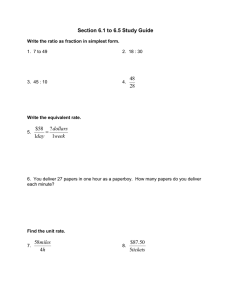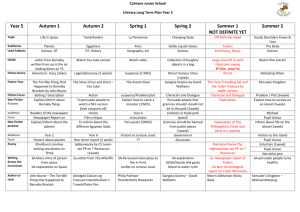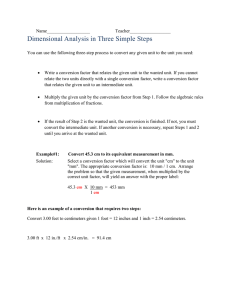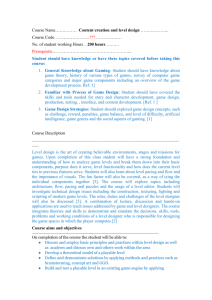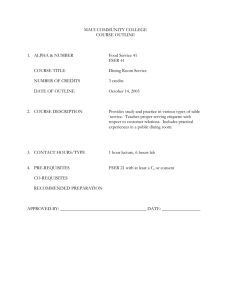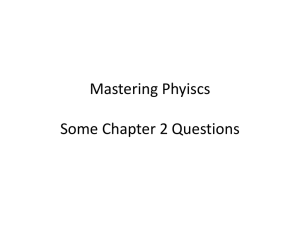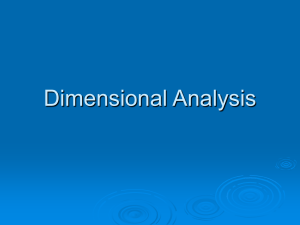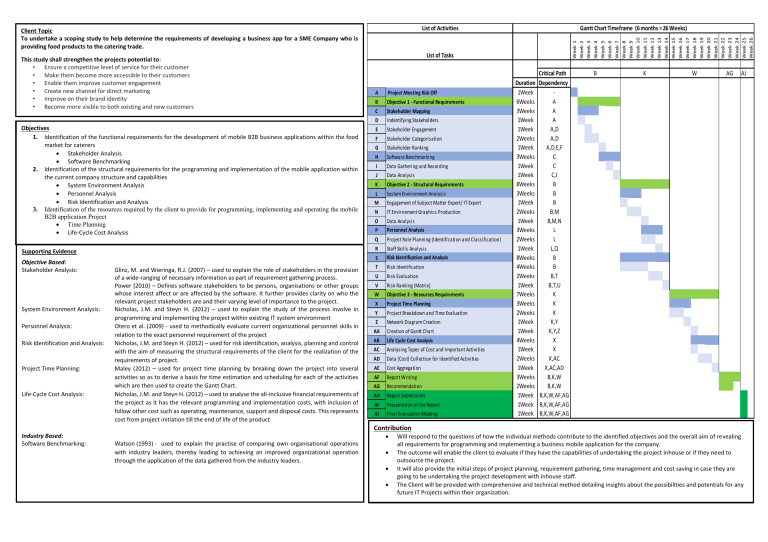
This study shall strengthen the projects potential to: • Ensure a competitive level of service for their customer • Make them become more accessible to their customers • Enable them improve customer engagement • Create new channel for direct marketing • Improve on their brand identity • Become more visible to both existing and new customers Objectives 1. Identification of the functional requirements for the development of mobile B2B business applications within the food market for caterers Stakeholder Analysis Software Benchmarking 2. Identification of the structural requirements for the programming and implementation of the mobile application within the current company structure and capabilities System Environment Analysis Personnel Analysis Risk Identification and Analysis 3. Identification of the resources required by the client to provide for programming, implementing and operating the mobile B2B application Project Time Planning Life-Cycle Cost Analysis Supporting Evidence Objective Based: Stakeholder Analysis: System Environment Analysis: Personnel Analysis: Risk Identification and Analysis: Project Time Planning: Life-Cycle Cost Analysis: Glinz, M. and Wieringa, R.J. (2007) – used to explain the role of stakeholders in the provision of a wide-ranging of necessary information as part of requirement gathering process. Power (2010) – Defines software stakeholders to be persons, organisations or other groups whose interest affect or are affected by the software. It further provides clarity on who the relevant project stakeholders are and their varying level of importance to the project. Nicholas, J.M. and Steyn H. (2012) – used to explain the study of the process involve in programming and implementing the project within existing IT system environment Otero et al. (2009) - used to methodically evaluate current organizational personnel skills in relation to the exact personnel requirement of the project Nicholas, J.M. and Steyn H. (2012) – used for risk identification, analysis, planning and control with the aim of measuring the structural requirements of the client for the realization of the requirements of project. Maley (2012) – used for project time planning by breaking down the project into several activities so as to derive a basis for time estimation and scheduling for each of the activities which are then used to create the Gantt Chart. Nicholas, J.M. and Steyn H. (2012) – used to analyse the all-inclusive financial requirements of the project as it has the relevant programming and implementation costs, with inclusion of follow other cost such as operating, maintenance, support and disposal costs. This represents cost from project initiation till the end of life of the product Gantt Chart Timeframe (6 months = 26 Weeks) Week 1 Week 2 Week 3 Week 4 Week 5 Week 6 Week 7 Week 8 Week 9 Week 10 Week 11 Week 12 Week 13 Week 14 Week 15 Week 16 Week 17 Week 18 Week 19 Week 20 Week 21 Week 22 Week 23 Week 24 Week 25 Week 26 List of Activities Client Topic To undertake a scoping study to help determine the requirements of developing a business app for a SME Company who is providing food products to the catering trade. List of Tasks A Project Meeting Kick Off B Objective 1 - Functional Requirements C Stakeholder Mapping D Indentifying Stakeholders E Stakeholder Engagement F Stakeholder Categorisation G Stakeholder Ranking H Software Benchmarking I Data Gathering and Recording J Data Analysis K Objective 2 - Structural Requirements L System Environment Analysis M Engagement of Subject Matter Expert/ IT Expert N IT Environment Graphics Production O P Data Analysis Personnel Analysis Q Project Role Planning (Identification and Classification) R S Staff Skills Analysis Risk Identification and Analysis T Risk Identification U Risk Evaluation V Risk Ranking (Matrix) W Objective 3 - Resources Requirements X Project Time Planning Y Project Breakdown and Time Evaluation Z Network Diagram Creation AA Creation of Gantt Chart AB Life Cycle Cost Analysis AC Analysing Types of Cost and Important Activities AD Data (Cost) Collection for Identified Activities AE Cost Aggregation AF Report Writing AG Recommendation AH Report Submission AI Presentation of the Report AJ Final Evaluation Meeting Duration 1Week 6Weeks 3Weeks 1Week 1Week 2Weeks 1Week 3Weeks 1Week 1Week 8Weeks 3Weeks 1Week 2Weeks 1Week 3Weeks 2Weeks 1Week 8Weeks 4Weeks 2Weeks 1Week 7Weeks 3Weeks 2Weeks 1Week 1Week 4Weeks 1Week 2Weeks 1Week 3Weeks 2Weeks 1Week 1Week 1Week Critical Path Dependency A A A A,D A,D A,D,E,F C C C,I B B B B,M B,M,N L L L,Q B B B,T B,T,U K K K K,Y K,Y,Z X X X,AC X,AC,AD B,K,W B,K,W B,K,W,AF,AG B,K,W,AF,AG B,K,W,AF,AG B K W AG AJ Contribution Industry Based: Software Benchmarking: Watson (1993) - used to explain the practise of comparing own organisational operations with industry leaders, thereby leading to achieving an improved organizational operation through the application of the data gathered from the industry leaders. Will respond to the questions of how the individual methods contribute to the identified objectives and the overall aim of revealing all requirements for programming and implementing a business mobile application for the company. The outcome will enable the client to evaluate if they have the capabilities of undertaking the project inhouse or if they need to outsource the project. It will also provide the initial steps of project planning, requirement gathering, time management and cost saving in case they are going to be undertaking the project development with inhouse staff. The Client will be provided with comprehensive and technical method detailing insights about the possibilities and potentials for any future IT Projects within their organization.
